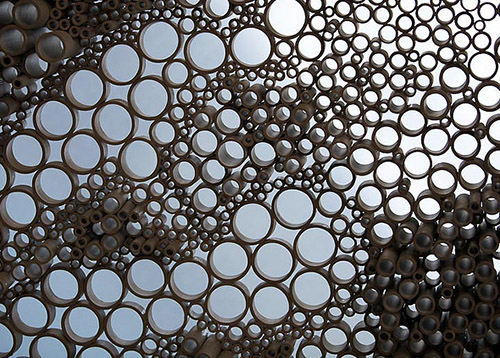
AsianScientist (Jan. 6, 2012) – Foxtrot, salsa, rumba! Falls are one of the most common health problems among older people, and University of Sydney researchers say that twice weekly ballroom dancing classes have the potential to reduce the incidence of falls for elderly Australians by as much as 37 percent.
Titled “The effectiveness of social dancing as a strategy to prevent falls in older people: a cluster randomized controlled trial,” the multi-center study has been funded by the National Health and Medical Research Council and will be led by Dr. Dafna Merom at the University of Sydney.
The study will also include researchers from the University of Western Sydney, Australian National University, and the University of Hong Kong.
“We know that formal exercise programs, particularly those that include balance challenging training, can help prevent falls, but formal training exercises may not be the best way to optimize results. There are promising alternatives,” she said.
Dr. Merom is aiming to introduce classic ballroom dance routines including the rumba, foxtrot, salsa, the waltz, and even some ‘rock n roll’ as twice-weekly recreational activities at 13 aged care centers and retirement villages across Sydney.
“Dance is a complex sensory motor rhythmic activity. It also has cognitive and social dimensions. This package as a whole can simultaneously address a wide range of physiological and cognitive risk factors that contribute to falls,” Merom said.
Often described as ‘old time dancing,’ Merom cited evidence from a preliminary study which showed that social and ballroom study could be a promising, sustainable alternative to formal exercise programs.
“Studies have shown that seniors who do some type of dancing have better balance and gait characteristics than people of a similar age who don’t, including those who exercise. Social dancing or ballroom dancing is enjoyable and already available in the community,” she added.
The study will be the first of its kind internationally to test the effectiveness of typical community social dance programs on falls and cognition in older people.
The researchers are aiming to recruit 450 older adults who will be engaged in the dance program, which will run for a year.
——
Source: University of Sydney.
Disclaimer: This article does not necessarily reflect the views of AsianScientist or its staff.












